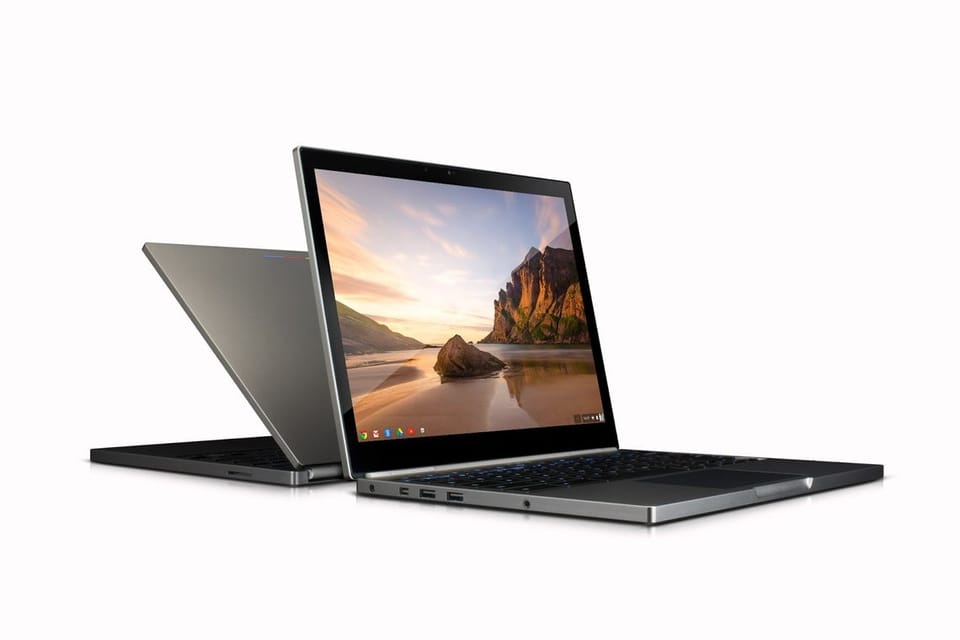Google's Chromebook Pixel pushed boundaries but it was an indulgence

Google’s Chromebook Pixel broke new ground when it launched in 2013. It featured a 12.85-inch, 2560×1700 touchscreen, an Intel Core i5 processor, 4 GB of RAM and a 32 GB solid-state drive. The premium build quality and high-resolution display were well ahead of most Chromebooks at the time.
Much of the Pixel’s extra cost went into that display, which rivalled the Retina screens appearing on Apple’s laptops. Yet the machine still ran Chrome OS, a browser-centric system that relied heavily on cloud applications and had limited support for offline work.
Pretty, pricey and polarising
While the Pixel was praised for its technical ambition, reviews were divided on its value. Lifehacker Australia described it as “pretty, pretty pricey, pretty pointless”, arguing that only people working for Google or reselling its products might find a real use for it.
The review noted that laptops with similar performance running the same operating system were available for less than 20 percent of the Pixel’s price. To many observers it was more adornment than a tool.
A New Zealand technology executive once described Compaq computers as “just high-tech jewellery”—expensive products that existed mainly to make their owners look good. The same description fits the Chromebook Pixel.
Despite the criticisms, the Chromebook Pixel served a purpose for Google. It demonstrated that Chromebooks could be more than bargain-basement machines and helped lift the profile of Chrome OS. In that sense it worked as a halo product, even if sales were limited.
A boundary-pushing but impractical device
The Pixel pushed the Chromebook concept into premium territory, showcasing what the hardware could do and setting a design benchmark. But for most buyers it was less a practical work machine and more a statement piece—an example of high-tech jewellery in laptop form.
Updated and edited to put the story into historic context.
Member discussion